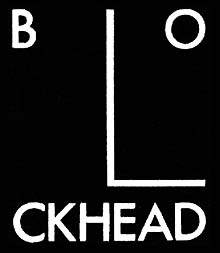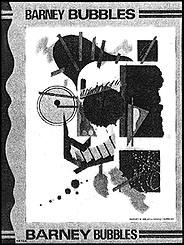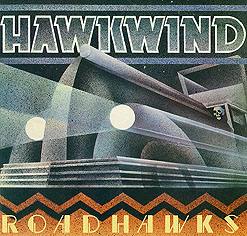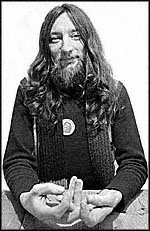
However, it was for his mock-cubist
BLOCKHEAD trademark that Bubbles
was internationally acclaimed,
prompting Japanese devotees to
rummage through his garbage for
discarded designs
Said Jake Riviera, who forever championed Bubbles' endeavours: "Only a unique man with Barney's immense dignity and talent had both the courage and modesty to do just that."
It was Barney who
- with Riviera often supplying the slogans - instantly established the
carefree visual identities of such adventurous labels as STIFF,
RADAR and F-BEAT with such clarity.
He was also responsible for NME's current mast head logo.


